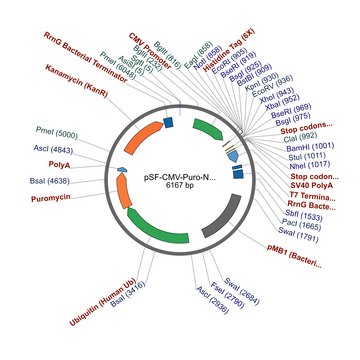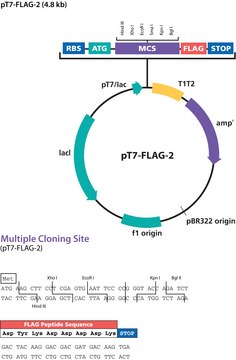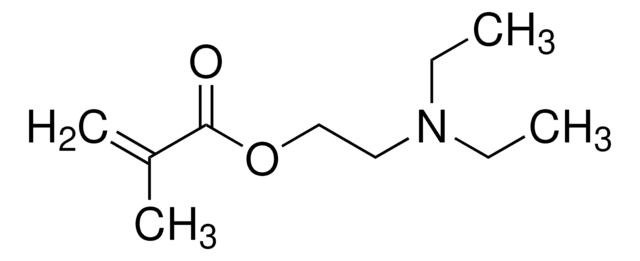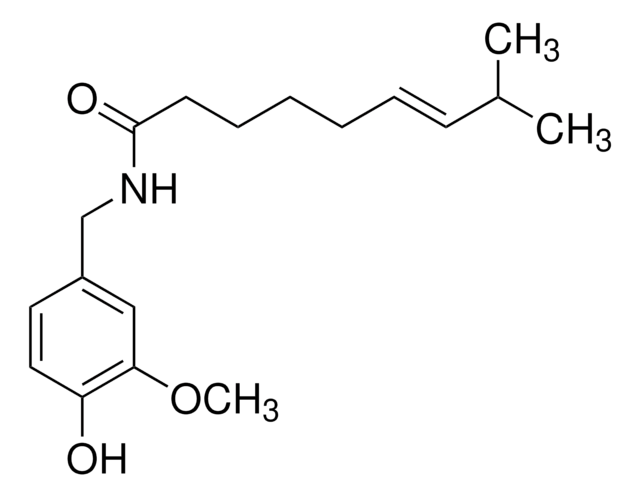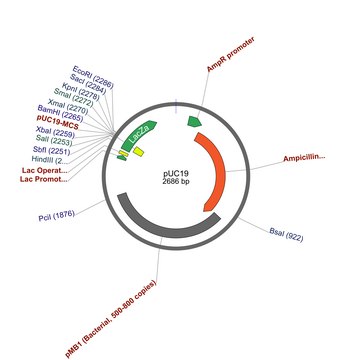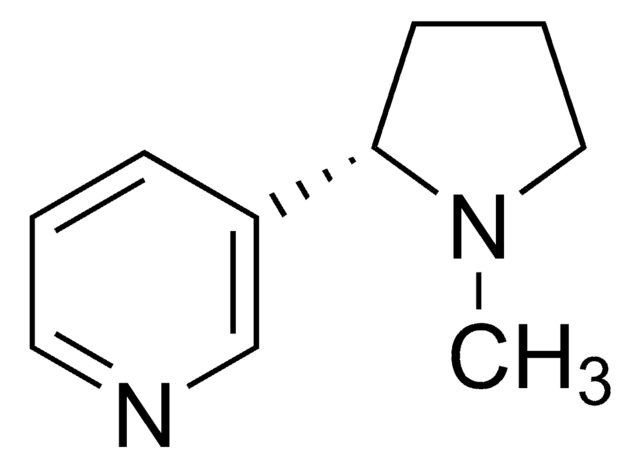推荐产品
标签
6-His tagged
形式
buffered aqueous solution
分子量
size 6152 bp
菌种筛选
kanamycin
复制起点
pUC (500 copies)
肽切割
EKT
肽标签位置
N-terminal
启动子
Promoter name: CMV
Promoter activity: constitutive
Promoter type: mammalian
报告基因
none
运输
ambient
储存温度
−20°C
一般描述
This vector adds a His epitope tag to the N-terminus of a protein that is encoded within the multiple cloning site. This tag allows the purification of a tagged protein by binding to metal matrices such as nickel or cobalt. There is an enterokinase cleavage site (DDDDK) immediately downstream of the His tag that can be used to remove the His tag from a purified protein. It cleaves after the lysine residue.
Promoter Expression Level: This plasmid contains the mammalian CMV promoter to drive gene expression. We have tested all of our mammalian promoters in a range of cell types and CMV is consistently the strongest in those we have studied. However there are many reports of the CMV promoter demonstrating silencing by methylation in long-term culture.
Promoter Expression Level: This plasmid contains the mammalian CMV promoter to drive gene expression. We have tested all of our mammalian promoters in a range of cell types and CMV is consistently the strongest in those we have studied. However there are many reports of the CMV promoter demonstrating silencing by methylation in long-term culture.
应用
Multiple cloning site notes: The his tag is in frame with the ATG start codon that is within the NcoI restriction site allowing fusion with any genes that we sell in the MCS that contain an NcoI at the 5 prime. This tag is positioned immediately upstream of the NcoI site to minimise the amount of extra amino acids that are added to the N-terminus of your gene.
The start codon that is within the NcoI restriction site is in frame with and adjacent to the coding sequence for the His/EKT peptide tag. Shine-Dalgarno sequences and KOZAK sequences are positioned correctly at the start of the His signal peptide. The ClaI to NheI sites have other functions such as adding peptide tags or IRES elements. The BsgI and BseRI restriction sites cleave within the stop codon in the XbaI site and allow fusion with our C-terminal peptide tags provided that your genes stop codon is also positioned here.
The start codon that is within the NcoI restriction site is in frame with and adjacent to the coding sequence for the His/EKT peptide tag. Shine-Dalgarno sequences and KOZAK sequences are positioned correctly at the start of the His signal peptide. The ClaI to NheI sites have other functions such as adding peptide tags or IRES elements. The BsgI and BseRI restriction sites cleave within the stop codon in the XbaI site and allow fusion with our C-terminal peptide tags provided that your genes stop codon is also positioned here.
序列
To view sequence information for this product, please visit the product page
分析说明
To view the Certificate of Analysis for this product, please visit www.oxgene.com
相关产品
产品编号
说明
价格
闪点(°F)
Not applicable
闪点(°C)
Not applicable
法规信息
新产品
Diana Romero et al.
Carcinogenesis, 37(1), 18-29 (2015-10-28)
Dickkopf-3 (Dkk-3) is a secreted protein whose expression is downregulated in many types of cancer. Endogenous Dkk-3 is required for formation of acini in 3D cultures of prostate epithelial cells, where it inhibits transforming growth factor (TGF)-β/Smad signaling. Here, we
Geoffrey M Lynn et al.
Nature biotechnology, 33(11), 1201-1210 (2015-10-27)
The efficacy of vaccine adjuvants such as Toll-like receptor agonists (TLRa) can be improved through formulation and delivery approaches. Here, we attached small molecule TLR-7/8a to polymer scaffolds (polymer-TLR-7/8a) and evaluated how different physicochemical properties of the TLR-7/8a and polymer
Alexander C Cerny et al.
PLoS genetics, 11(10), e1005578-e1005578 (2015-10-29)
Recycling of signaling proteins is a common phenomenon in diverse signaling pathways. In photoreceptors of Drosophila, light absorption by rhodopsin triggers a phospholipase Cβ-mediated opening of the ion channels transient receptor potential (TRP) and TRP-like (TRPL) and generates the visual
Jin-Gyoung Jung et al.
PLoS genetics, 10(10), e1004751-e1004751 (2014-10-31)
The Notch3 signaling pathway is thought to play a critical role in cancer development, as evidenced by the Notch3 amplification and rearrangement observed in human cancers. However, the molecular mechanism by which Notch3 signaling contributes to tumorigenesis is largely unknown.
我们的科学家团队拥有各种研究领域经验,包括生命科学、材料科学、化学合成、色谱、分析及许多其他领域.
联系技术服务部门